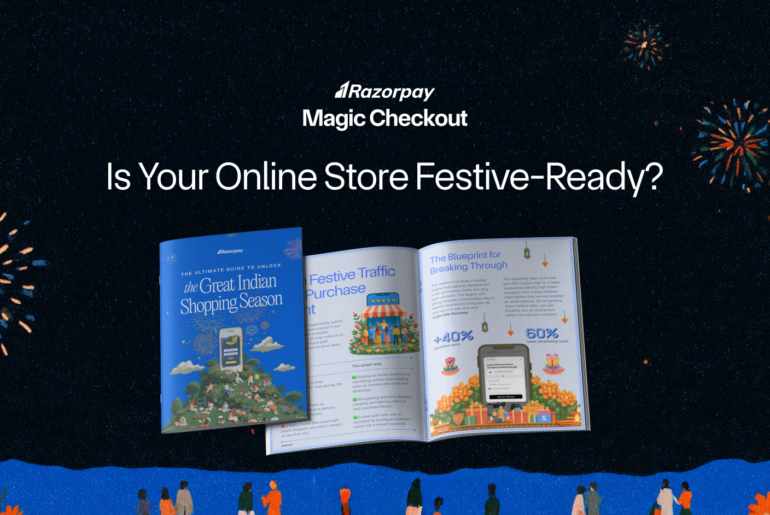(This article first appeared in The Hindu Business Line on 1st September, 2016)
Ever touched one of those greasy notes from a kirana store? Ever told a paan seller to wipe his hands before giving you change? Physical money is dirty. Above all, it’s clunky.
You have to carry lots of it, and don’t get me started on how bulky those ₹5 coins are. You currently need a wallet to carry your credit cards, money and about half-a-dozen irrelevant things. This is the 21st century and wallets should be history. Everything with a magnetic strip is outdated. A smartphone can, and should, replace it all.
Ironically, in 1988, the September edition of The Economist beamed,
Get Ready For A World Currency by 2018.
The author predicted that people from around the world, including Americans, Japanese and the Europeans, would be paying for their shopping with the same currency.
We’re not quite there in this new world order, however Utopian the idea might be. But it does give us a few pointers on the pace of regulation and the hurdles of imagining a one-currency economy. Before delving into these details, let’s understand where we stand today.
India’s payment ecosystem
First, let’s take quick stock of Paytm, the digital payments company exploring new avenues in payments in India. Paytm recently said it would open bank operations that would accept demand deposits and savings bank deposits from individuals and small businesses. The company also tied up with Alipay to help Uber customers pay for their cab ride outside India.
The aim is to minimise the use of physical currency and plastic cards that are almost never secure. With government initiatives such as Digital India, companies such as ours and other digital payment companies want to pave a path for India to become a cashless economy.
There are over 10 popular mobile wallets in India today. Despite mobile wallets becoming a fifth limb of sorts, only about 148 million people from across the world will make payments using their smartphones, according to a recent Juniper report. The two biggest concerns for such low adoptions are security and regulation.
Primary among them is the regulatory framework. The global advancements in the industry are swiftly progressing ahead of the regulation. And because of this rapid change, the unprecedented global march towards making the world a ‘cashless economy’ seems far from reality, let alone India.
As per a Gartner report, global digital payments are forecast to touch $721 billion by 2017. While the estimates paint a picture about the world rapidly making the shift towards digital payments, a McAfee report estimates the annual cost to global economy from cybercrime to be $445 billion.
Security concerns continue to discourage new users to adapt digital payments as their preferred mode of payment. Especially in a country such as India, security is a major bottleneck in getting more users on board.
Nearly 20 per cent of American adults stated that security concerns remain one of the main reasons why they hesitate to pay via their mobile phones. In my own conversations with a range of entrepreneurs and experts in the industry, this remains a major hindrance.
Android, which has the lion’s share of mobile OS, has implemented Host Card Emulation (HCE), a technology that mimics a payment card on a mobile device using only software. This offers technical and business benefits to a wide range of mobile industry stakeholders. As HCE secures mobile payment credentials outside of the device, it increases the security by eliminating third-party involvement at low cost. Awareness of such measures is low.
The US and Scandinavian countries have already made significant inroads in digital payments. In China, more than 40 per cent Internet users now pay for things with their mobiles. So much so, the Chinese media has dubbed 2014 as the year of mobile payments. By easing regulations and being more receptive to innovation, India can aspire to be a truly ‘cashless economy’.
Future of digital payments
In the US, less than 50 per cent of transactions are in cash. In Germany more than 80 per cent of the people prefer carrying cash because of security and the ability to watch over their spending.
There are varying degrees to the adoption of physical money globally. But carrying cash should be obsolete and that’s the bigger picture – how a mobile phone can act as a central point to pay bills, be used for identification and be your one-stop shop for all things related to payments.
With the recent launch of the Unified Payments Interface (UPI) by the National Payments Corporation of India (NPCI), there’s a concentrated focus on tackling this complex world of payments. The announcement also acknowledges the extent to which mobile has made its presence even in the most rural areas. A mobile device is becoming increasingly indispensable. It helps us manage our day-to-day lives. We use a mobile phone to order food, to book tickets, to hail a cab. Can we make this integral and personal device a de facto mode for all payments?
The answer is an emphatic yes. By integrating the various instruments of payments in a digital framework, mobile phones promise to simplify even the most minuscule of payments.
We already have fingerprint readers in mobile phones and they can be used in small stores for nominal transactions. We can tap into nearfield communication technologies (NFC) to simplify payments further in physical retail stores.
Will we eventually see the emergence of a mobile device that will be instrumental in transforming the world into one cashless society? However idealistic that might be, it still paints a picture of the possibilities of a hassle-free payments experience. And that’s worth pursuing.



